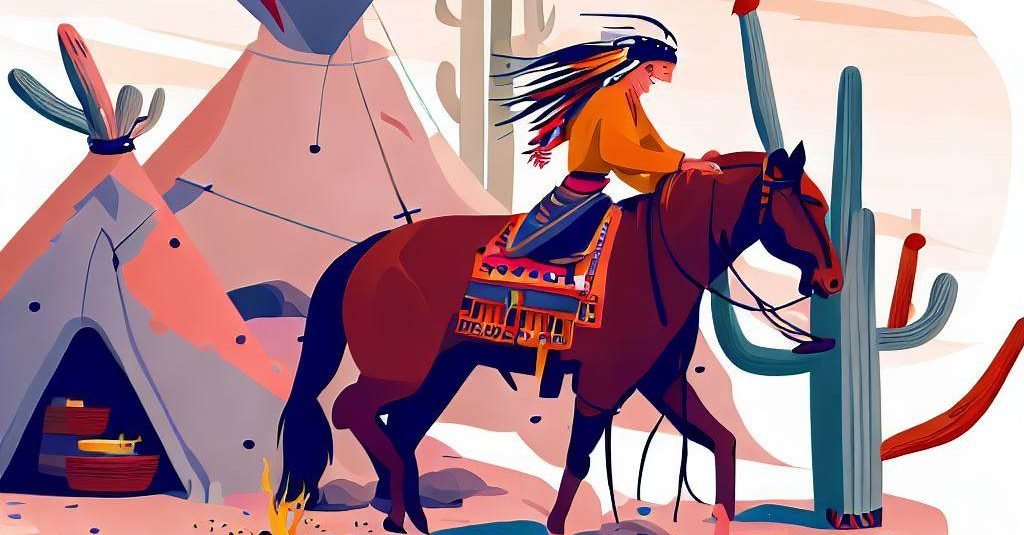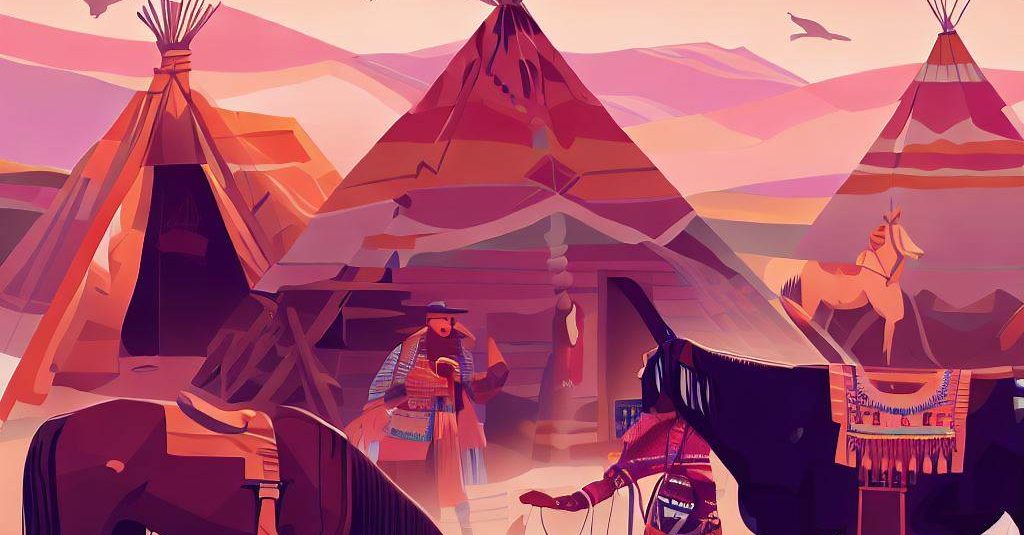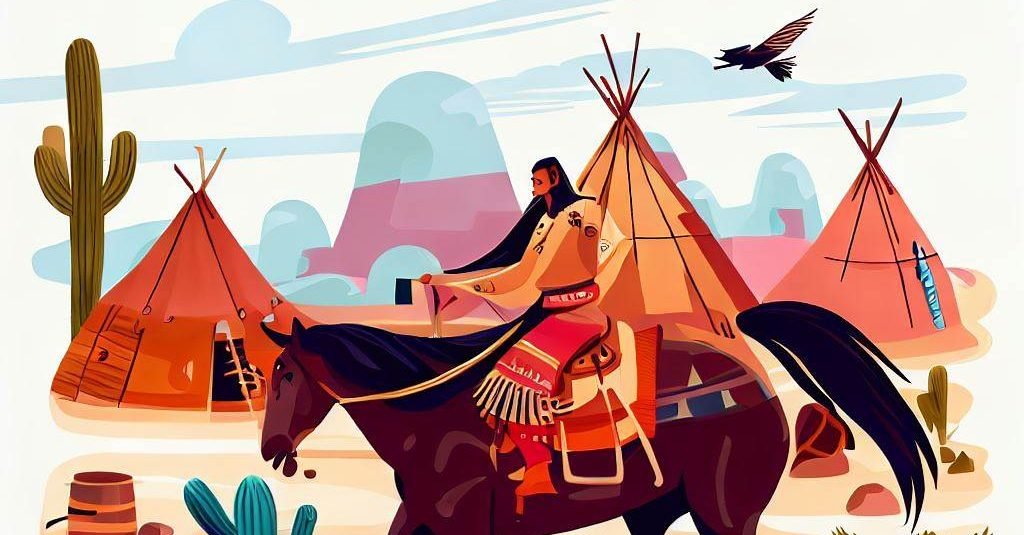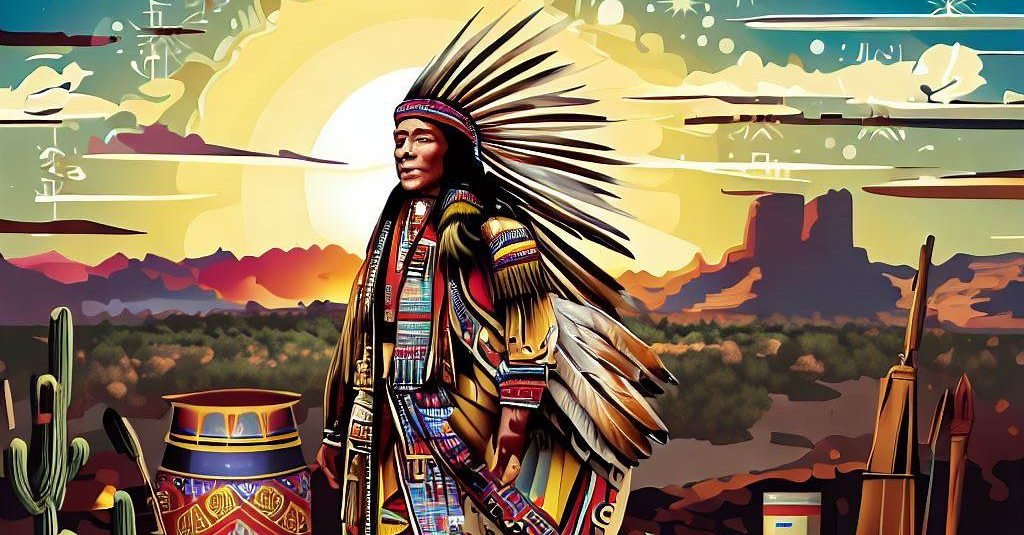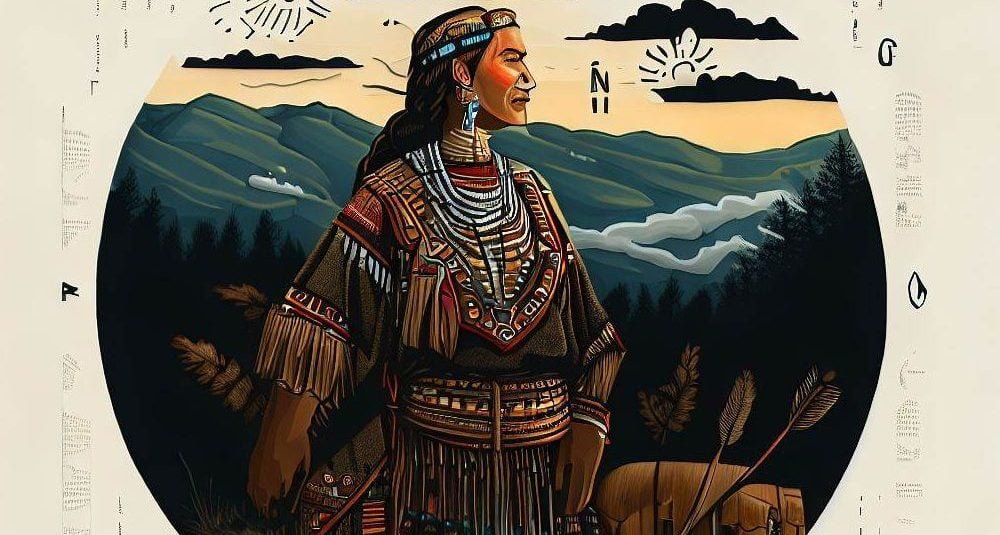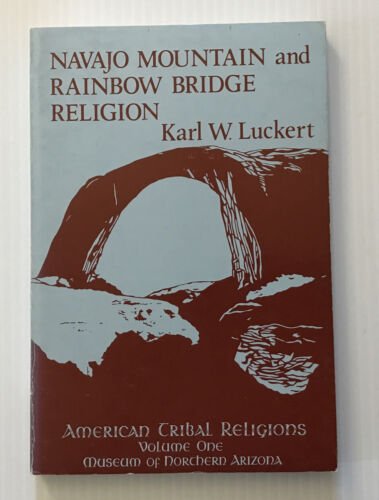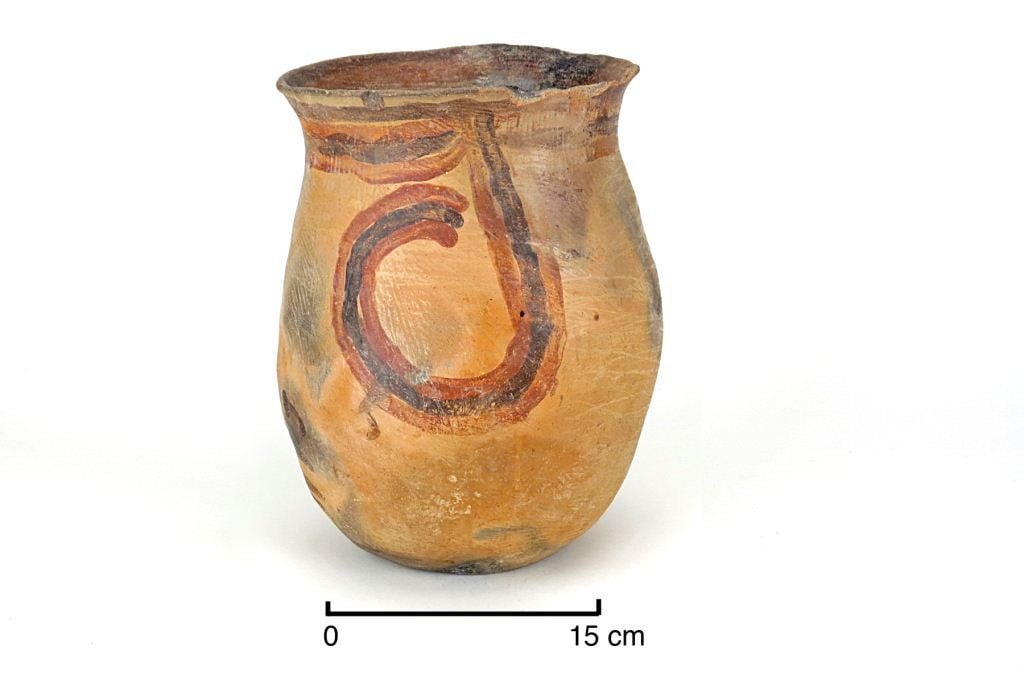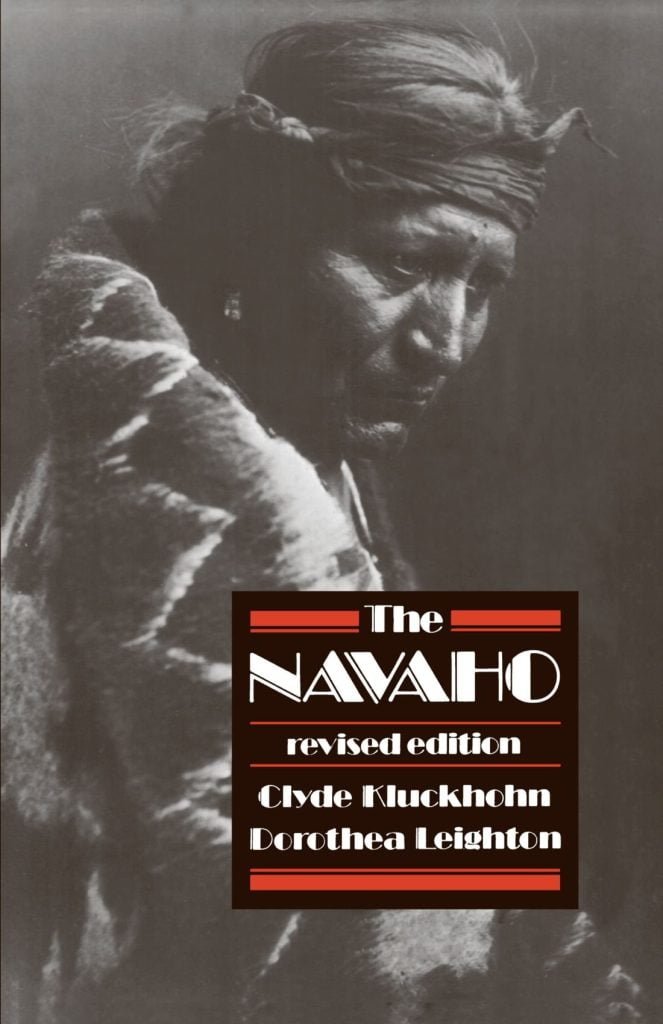The Chiricahua Apache
The Chiricahua Apache are a Native American tribe known for their fierce resistance against colonial powers, their strong connection to their ancestral lands, and their rich cultural heritage. This article explores the interconnected history, culture, and society of the Chiricahua Apache, highlighting the tribe’s notable leaders, their interactions with neighboring tribes and peoples, and their ongoing struggles in the modern era.

